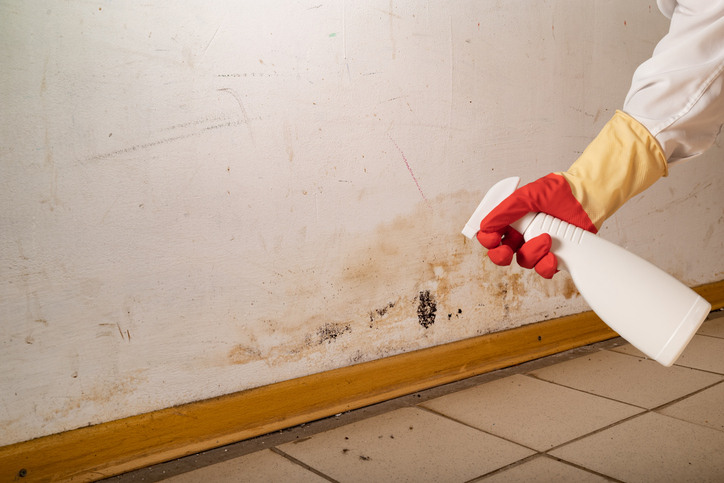Winter may bring colder temperatures, but it doesn’t eliminate the risk of mold. In fact, closed windows, poor ventilation, and fluctuating indoor humidity can make commercial buildings more susceptible. Understanding how to prevent mold growth is essential for protecting your property, maintaining air quality, and ensuring a safe environment for employees and visitors.
Why Mold Is a Winter Problem
Mold thrives in damp, poorly ventilated areas. During winter, buildings are often sealed tightly to conserve heat, which traps moisture indoors. Condensation from windows, leaking pipes, or poorly insulated walls can create ideal conditions for mold to develop. Common problem areas include basements, HVAC systems, storage rooms, and bathrooms where humidity levels remain high.
How to Control Indoor Humidity
Moisture control is the most effective way to prevent mold growth. Keeping humidity levels between 30% and 50% makes it difficult for spores to grow. Businesses can achieve this through several key steps:
• Use commercial-grade dehumidifiers in high-moisture areas.
• Ensure HVAC systems are regularly serviced and filters replaced.
• Repair leaks immediately, whether from plumbing or roofing issues.
• Avoid overwatering indoor plants and store cleaning supplies properly.
Monitoring humidity consistently can help prevent buildup that leads to mold colonies.
The Role of Proper Ventilation
Poor ventilation is one of the most common causes of winter mold. As businesses keep doors and windows closed to conserve heat, stale, moist air can accumulate. Improving airflow is crucial to maintaining a dry, healthy environment. Exhaust fans in kitchens and restrooms, along with proper ventilation in basements or mechanical rooms, can significantly reduce the risk. Regularly inspect ducts and vents to ensure air moves freely throughout the building.
Benefits of Routine Mold Inspections and Maintenance
Even with good cleaning and ventilation practices, mold can still develop in hidden spaces. Scheduling professional inspections helps identify problem areas before they spread. Regular maintenance, such as checking insulation, cleaning vents, and drying wet carpets promptly, reduces the likelihood of recurring issues. Early detection also protects your investment by preventing structural damage and potential health risks for staff and customers.
Maintaining a mold-free environment also supports employee health and productivity. If you’d like to learn more about how professional cleaning contributes to a healthier workplace, read our article on The Role of Commercial Cleaning in Reducing Employee Sick Days for practical insights.
Learning how to prevent mold growth is about more than cleanliness, it’s about safeguarding your business. By controlling humidity, improving ventilation, and scheduling regular inspections, you can protect your property and ensure a safe, healthy workplace all winter long.
Don’t wait for mold to appear, schedule a professional winter inspection and keep your building protected.


